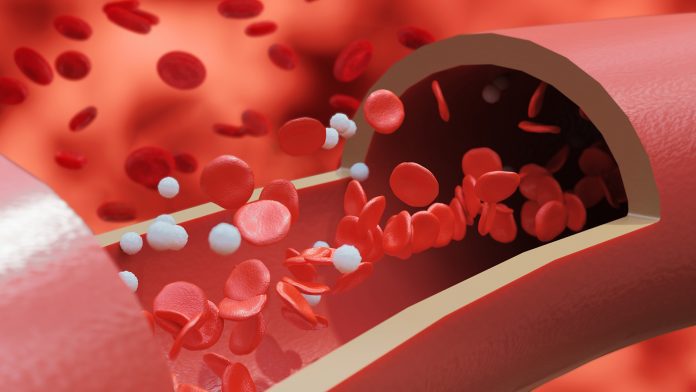
A UK team have found microplastics in vascular tissue for the first time, suggesting they can pass to human tissue through blood vessels.
The University of Hull and Hull York Medical School worked with researchers from the Hull University Teaching Hospitals NHS Trust to analyse human saphenous vein tissue taken from patients undergoing heart bypass surgery in a small pilot study looking at microplastics.
Microplastics are plastic pieces that measure less than five millimetres. They are manmade and can be found everywhere from remote places to in the water we drink. It is believed they are one of the greatest manmade disasters of all time.
Microplastics are crossing biological barriers
The team analysed saphenous veins, which are blood vessels in the legs which help send blood from the legs and feet back up to the heart. They consist of three layers of tissue and are widely used in coronary artery bypass graft (CABG) procedures, which aim to divert, or bypass blood to narrowed or blocked coronary arteries.
Around 40-50% of CABG procedures fail after ten years due to a variety of factors.
This is the first study to analyse whether microplastics can cross any biological barrier, including blood vessels, or examine any potential link between environmental microplastic exposure and CABG outcomes.
The scientists found 15 microplastic particles per gram of vein tissue.
“We were surprised to find them,” said Professor Jeanette Rotchell, an environmental toxicologist, at the University of Hull who led the research. “We already know microplastics are in the blood, from a study by Dutch colleagues last year.
“But it was not clear whether they could cross blood vessels into vascular tissue and this work would suggest they can do just that.
“Whilst we don’t yet know the implications of this on human health, what we can say is that from studies using cells grown in dishes, they cause inflammation and stress- responses.”
A wide range of microplastics were discovered
The researchers reported levels of microplastics similar to colon and lung tissues. However, although the size ranges are similar, the shape characteristics and polymer types differ from other human tissue types analysed to date.
Professor Rotchell said: “This contrasts with previous human tissue samples where we found different polymer types were the most abundant. These first human tissue analyses suggest that the distribution of the microplastics predominant types may be tissue specific.”
The team found five different polymer types in the tissue which included:
- Alkyd resin – found in synthetic paint, varnishes and enamels used for furniture and architectural coatings, product finishes, special-purpose coatings, and car refinishing primers as well as others.
- Polyvinyl acetate (PVAC)- an adhesive found in food packaging, shipping boxes/bags and binders for paper, plastics and foils. It is one of the main ingredients of wood glue but has a recent biomedical use in DNA/drug delivery.
- Nylon and EVOH- EVA – used to bond plastic polymers to create flexible packaging materials, with blends optimised to improve their characteristics such as helping to prevent moisture intrusion or tensile qualities [30]. Applications include many uses from food packaging and lamination to multi-layer pipe, wire, and cable.
Professor Rotchell said: “The characterisation of types and levels of microplastics can now inform experiments to determine vascular health impacts, including any potential link between environmental microplastic exposure and CABG outcomes.”
Professor Mahmoud Loubani, a co-author and Honorary Professor of Cardiothoracic Surgery, said: “Failure of saphenous vein grafts has been a long-standing issue following coronary artery bypass surgery. It is an effective treatment but the longevity is limited by deterioration in the patency of the veins.
“The presence of these microplastics in the veins may well play a role in damaging the inside of the vein leading to it becoming blocked with the passage of time. We do need to identify if there is any correlation and figure out ways of maybe removing the microplastics.”









